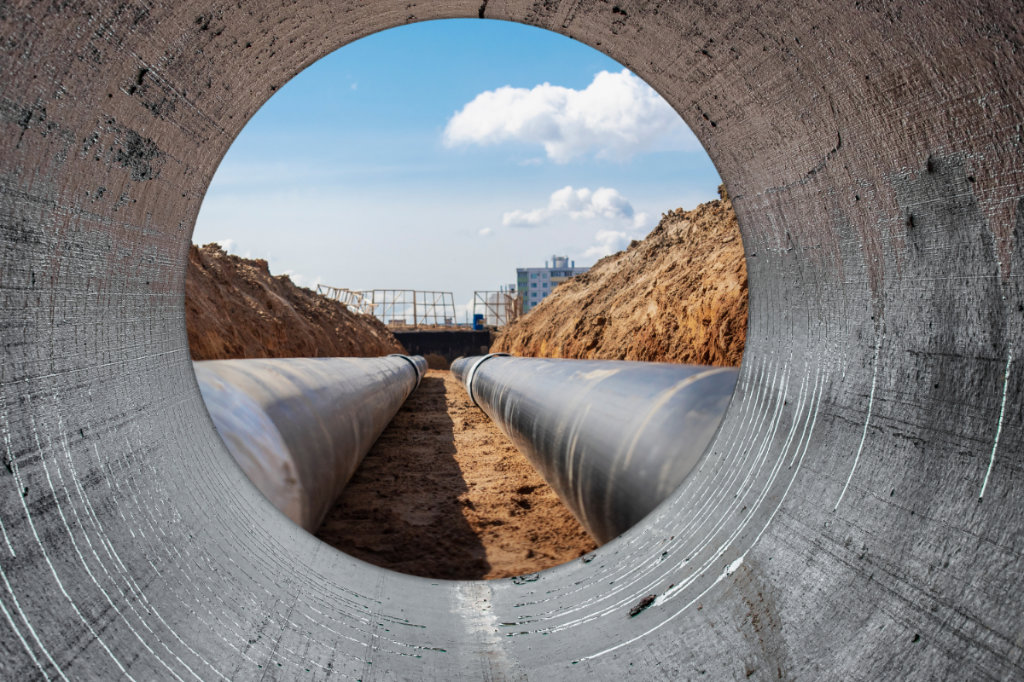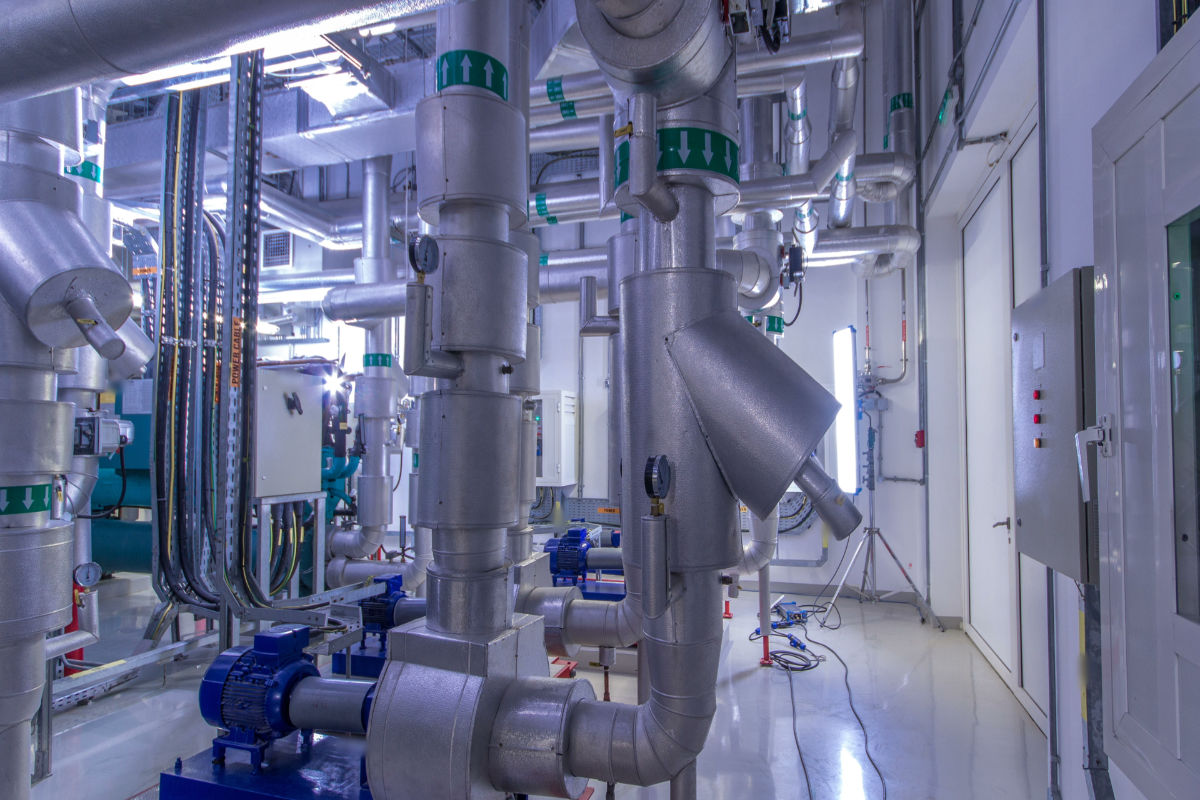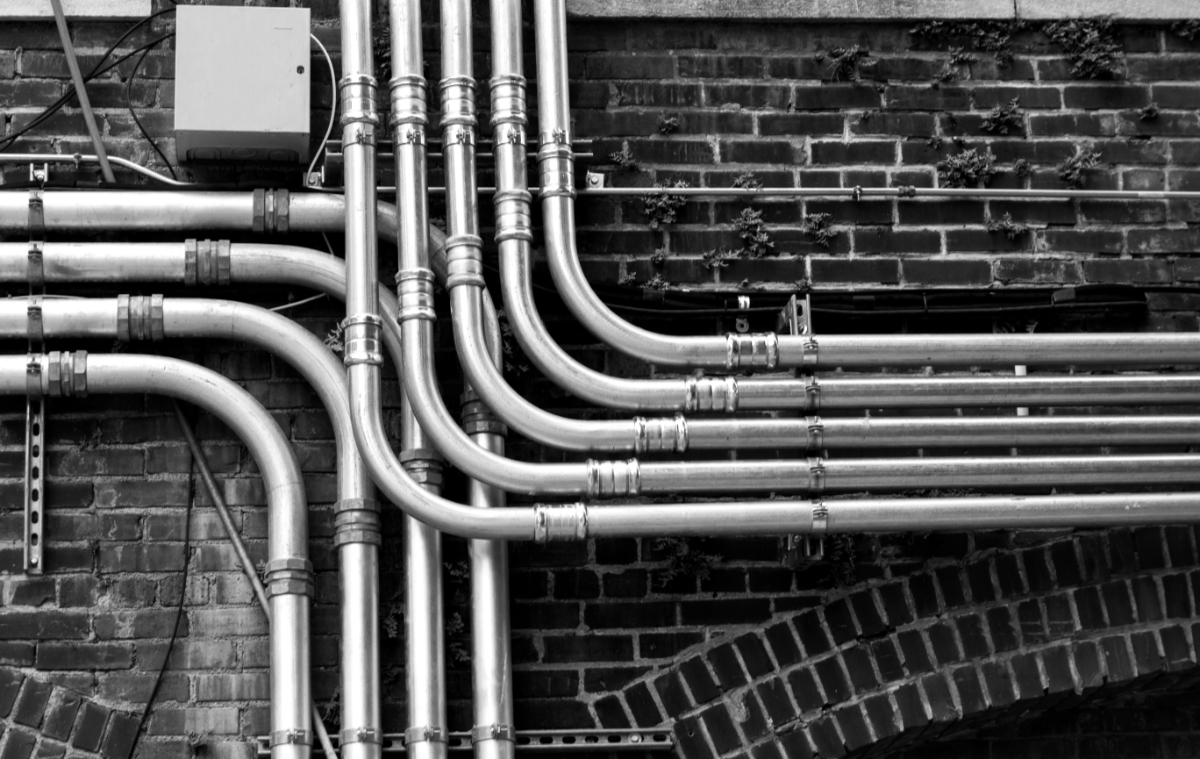
Reliable electrical infrastructure plays a vital role in powering our towns and cities, businesses, transit systems, and homes. Much of this infrastructure is located underground for safety, reliability, and aesthetic reasons.
Underground infrastructure faces challenges including vermin infiltration, physical damage, and the ingress of moisture and gases. Power outages or damage to electrical infrastructure can cause significant and ongoing disruption and place personnel and members of the public at risk. This means that any electrical installation must be adequately protected and safeguarded.
In this post, we will explore one of the key lines of defense against these threats to electrical infrastructure: duct and conduit sealing systems. We will explore the key vulnerabilities of underground electrical infrastructure, the types of sealing systems and how they work, the long-term benefits of duct and conduit sealing, and some best practices and considerations for electrical utility companies.
The Vulnerability of Underground Electrical Infrastructure
Underground electrical installations reduce visual clutter, enhance safety, and protect equipment and components from harsh weather conditions. However, they are also subject to some threats.
These include water ingress from flooding, condensation, and groundwater, as well as the intrusion of dangerous gases such as methane and radon. Rodents and insects can also cause physical damage and contamination, and the shifting and pressure of soil can place mechanical stress on cables and ducts.
Protecting electrical enclosures (known as ducts or conduits) from these environmental hazards is crucial to ensure the reliable operation of electrical installations.
What Are Duct Sealing Systems and How Are They Made?
Duct sealing systems create a watertight and gas-tight seal designed to protect ducts and conduits from unwanted substances and contaminants that may damage them.
Two main types of conduit sealing systems are in use today: mechanical systems and silicone-based systems. Mechanical conduit sealing systems are size-specific, meaning that the seal must fit the dimensions of the hole exactly. In a silicone system, on the other hand, the size of the conduit or cable is unimportant because it will be filled with silicone.
At MAC Products, we proudly supply four highly trusted silicone duct sealing systems: MD5, FiloSeal+HD FIRE, FiloSeal+HD, and FiloSeal+.
Putty was once commonly used as a conduit sealing material, but its short lifespan—typically less than five years—has caused it to fall out of favor. A silicone-based system that has been tested in a laboratory, on the other hand, can last for more than 25 years.
Polyurethane expandable foam is another material that was once in common use for conduit sealing but is rarely used today. Though foam is a more robust conduit sealant than putty, it has one major drawback: it does not allow for re-entry. This means that, should workers need to get back into the conduit (for example, to remove or replace a cable,) it is very difficult to remove the foam.
Silicone systems, on the other hand, allow for re-entry. It is straightforward for workers to remove the silicone, perform the required task, and re-install the silicone to seal the conduit once more. In this way, silicone systems allow for repairs, retrofits, and upgrades more readily than their foam compound counterparts, providing a more reliable and long-lasting solution.
What Role Do Conduit Sealing Bushings Play?
Conduit sealing bushings are specialized fittings designed to provide a positive fluid seal for all types of conduits, including aluminum, rigid galvanized steel, and PVC conduits. Our metal conduit sealing bushings are manufactured as blank, single, two, and three conductors and are available in both solid and split styles and in a range of sizes for different applications.
Conduit sealing bushings are designed to protect wires, cables, and other electrical components and fittings from moisture damage. Their primary purpose is to seal the entry point of conduits, while the mechanical or silicone duct sealing systems we explained in the preceding section provide a seal for the entire duct.
At MAC, our conduit sealing bushings are manufactured in-house at our state-of-the-art machine shop.
How Duct Sealing Systems Offer Protection
Duct sealing systems aid in protecting underground electrical systems in several important ways.
First, they act as a moisture barrier. This prevents water from seeping into conduits and junction boxes, protecting them from damage or corrosion. They also provide vapor tightness, stopping the ingress of harmful or explosive gases. In some cases, they offer thermal and fire resistance, preventing heat propagation or the passage of flames into electrical installations. The type of silicone sealant used can impact the level of protection provided.
Duct sealing creates a physical barrier, preventing rodents and insects from getting inside conduits. It can also offer structural support, maintain duct alignment, and provide resistance against soil pressure.
Long-Term Benefits of Effective Duct Sealing in Underground Electrical Installations
Sound conduit sealing systems can last for decades. Over time, effective duct sealing can help keep systems operational, lower maintenance costs, reduce the need for emergency repairs, and improve safety for technicians and the public. It can also help ensure regulatory compliance with industry standards such as the National Electrical Code (NEC) and the National Electrical Safety Code (NESC).
Duct sealing also reduces the risk of costly switchgear damage by eliminating the ingress of water, which can cause corrosion, rusting, and other problems if it comes into contact with electrical equipment.
In addition, effective conduit sealing can help protect the environment from chemical and oil leaks. In the event of a fire in a manhole, dangerous vapors can enter buildings. Duct sealing systems help prevent this, and using high-quality sealing products provides peace of mind and greater reliability.
Best Practices and Considerations
Correct product selection and proper installation are required for duct and conduit sealing systems to function well. The chosen solutions should integrate seamlessly with the existing infrastructure design and be well-suited for the specific application.
It is also essential to consider site-specific factors such as soil conditions, the presence of harmful vapors, and moisture levels.
Periodic inspection and maintenance of the sealing system's seal integrity are recommended over its lifespan. Under normal usage, these systems are manufactured to last for decades, but regular care will ensure they continue functioning well.
Learn More About How Electrical Conduit Seals and MAC Products' Conduit Sealing Bushings Protect Electrical Infrastructure
Duct sealing and conduit sealing play critical roles in addressing the main threats to underground electrical wires, cables, and other fittings. They help ensure the longevity, performance, and safety of an entire electrical system.
Here at MAC Products, we supply silicone duct sealing systems and conduit sealing bushings. Our products help engineers, utility companies, and contractors keep their electrical networks up and running with quality duct sealing solutions that last.
As a trusted supplier of components and fittings to the electrical utilities industry for over 50 years, the MAC team brings the knowledge and expertise required to every project.
Please visit our site to learn more about our duct sealing systems and conduit sealing bushings, to request a quote for any of these items, or to learn more about anything we have explored in this post.
Related Posts





